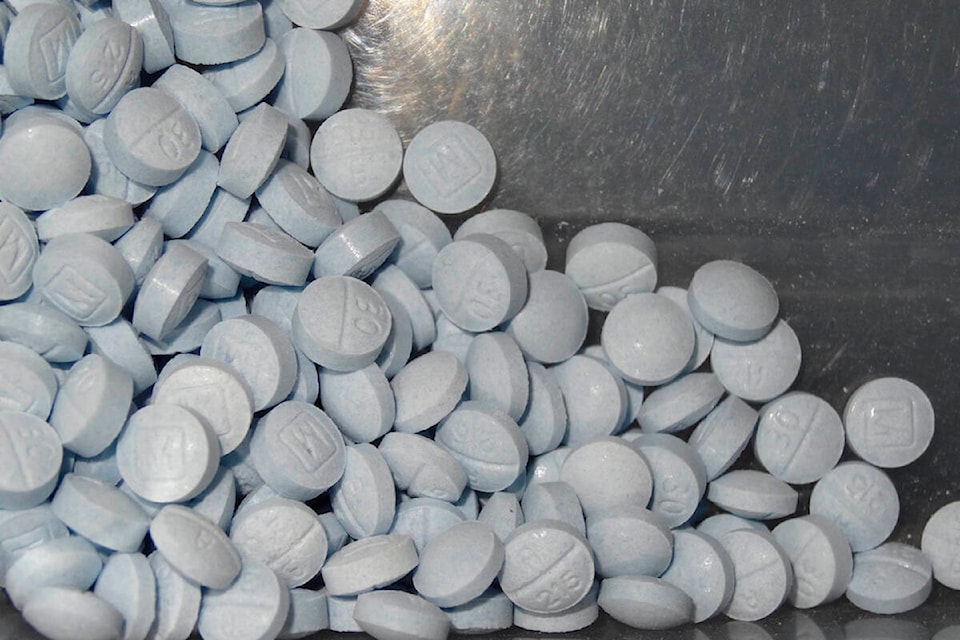University of British Columbia researchers have developed a computer-based solution they hope will lend a hand to law enforcement across the world in curbing the number of new kinda of illicit drugs hitting the streets.
In a study released this month, the researchers say they developed an algorithm that essentially 91ôÐêáòÆóçtrained computers to predict the next designer drugs91ôÐêáòÆóç even before they hit the market.
This could be a game changer for police and other officials, who are seeking to identify and regulate new forms of illicit drugs, such as bath salts and synthetic opioids, in order to keep pace with illegal drug manufacturers.
It91ôÐêáòÆóçs not uncommon for illicit and deadly street drugs to also include legal substances mixed in. While recognizing the 91ôÐêáòÆóçlegal highs91ôÐêáòÆóç in confiscated pills and powders can take months, the researchers said they are seeing that time reduced to days.
Medical student Dr. Michael Skinnider, along with his colleagues, utilized a directory of 91ôÐêáòÆóçknown psychoactive substances91ôÐêáòÆóç from across the globe to equip an artificial intelligence algorithm with drug structure information. The algorithm is inspired by the function and structure of the human brain.
The model was able to identify close to nine million potential designer drugs.
91ôÐêáòÆóçThese molecules were then tested against 196 new designer drugs that emerged on the illicit market after the model was trained. The researchers found more than 90 per cent were present in the generated set91ôÐêáòÆóç and 91ôÐêáòÆóçthe model was able to predict nearly all of the new drugs discovered since it was trained,91ôÐêáòÆóç the news release said.
In addition, researchers also discovered the algorithm could determine which molecules were more likely, or less likely, to appear on the market with an accuracy of 72 to 86 per cent of the time.
91ôÐêáòÆóçIt was shocking to us that the model performed this well, because elucidating entire chemical structures from just an accurate mass measurement is generally thought to be an unsolvable problem,91ôÐêáòÆóç Skinnider said.
91ôÐêáòÆóçAnd narrowing down a list of billions of structures to a set of 10 candidates could massively accelerate the pace at which new designer drugs can be identified by chemists.91ôÐêáòÆóç
UBC91ôÐêáòÆóçs model is being used by the U.S. Drug Enforcement Agency, United Nations Office of Drugs and Crime, European Monitoring Centre of Drugs and Drug Addiction and Federal Criminal Police Office of Germany, the press release said.
READ ALSO:
Like us on and follow us on .



